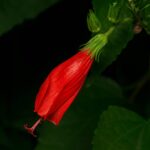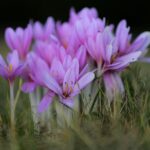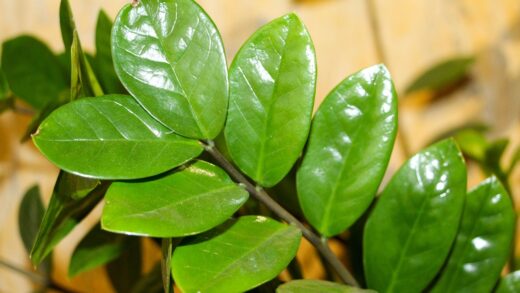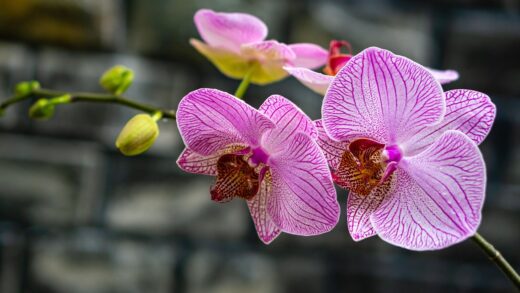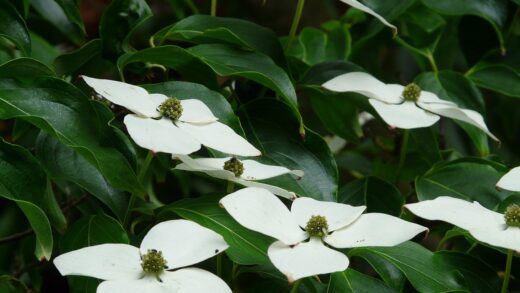The provision of appropriate light is a fundamental pillar in the successful cultivation of the white calla lily, directly influencing its growth, health, and, most critically, its ability to flower. While often perceived as shade-loving plants, this is a common misconception. In reality, Zantedeschia aethiopica requires a significant amount of bright light to thrive and produce its iconic, elegant spathes. However, it is also sensitive to the harsh intensity of direct, scorching sun. Therefore, achieving the perfect balance of light—sufficiently bright to fuel photosynthesis and blooming, yet gentle enough to prevent damage—is a key challenge for the dedicated grower. Understanding and providing these specific light conditions is essential for nurturing a plant that is not only healthy but also prolifically beautiful.
For optimal performance, the white calla lily flourishes in an environment that provides several hours of bright, indirect sunlight each day. An ideal location, whether indoors or outdoors, would be one that receives morning sun followed by partial or dappled shade during the hottest part of the afternoon. The gentle rays of the morning sun provide ample energy for photosynthesis without the risk of scorching the delicate foliage and flowers. In contrast, the intense, direct sun of a west- or south-facing position during midday and afternoon can be overly harsh, leading to leaf burn and heat stress.
When cultivated as an indoor houseplant, the best placement is typically near an east-facing window, where it can capture the beneficial morning sunlight. A north-facing window can also be suitable, though the light may be less intense, potentially resulting in slower growth and fewer flowers. If a south- or west-facing window is the only option, it is crucial to filter the light. This can be achieved by placing a sheer curtain over the window or by positioning the plant a meter or two away from the glass, so it receives bright, ambient light without being subjected to the direct, burning rays.
In an outdoor garden setting, similar principles apply. Planting the calla lily in a location where it is shaded from the intense afternoon sun by a larger tree, a shrub, or the structure of a building is an excellent strategy. This allows the plant to enjoy the full benefit of the morning light while being protected during the most stressful part of the day. This strategic placement not only prevents scorching but also helps the soil retain moisture for longer, reducing the frequency of watering required during hot weather.
The duration of light exposure is as important as its intensity. To encourage robust growth and flowering, a white calla lily should receive at least six hours of bright, indirect light per day. If the plant receives significantly less than this, it will likely survive, but its growth may become “leggy,” characterized by long, weak stems as it stretches towards the available light source. More importantly, insufficient light is one of the most common reasons for a calla lily’s failure to produce flowers, as blooming is an energy-intensive process that requires a substantial amount of photosynthetic activity.
More articles on this topic
Recognizing signs of incorrect lighting
The white calla lily is quite expressive, and its foliage will provide clear visual cues if its lighting conditions are not optimal. Learning to interpret these signs allows a grower to make timely adjustments and correct the environment before any significant harm is done. One of the most common indicators of excessive direct sunlight is scorched leaves. This damage appears as brown, dry, or crispy patches on the foliage, particularly on the parts of the leaves most exposed to the sun. The beautiful white spathes can also be burned, developing brown edges and losing their pristine appearance.
On the other end of the spectrum, a plant that is not receiving enough light will also show distinct symptoms. The most obvious sign is a lack of flowering. If a mature and otherwise healthy calla lily fails to produce blooms, inadequate light is a primary suspect. The plant may also develop leggy growth, with elongated, pale green stems and leaves that are smaller than usual. This is the plant’s physical response to low light, as it stretches its stems in an attempt to reach a brighter light source, a phenomenon known as etiolation. The overall color of the foliage may also be a lighter, less vibrant shade of green.
The orientation of the plant’s growth can be another clue. A calla lily that is consistently leaning in one direction is clearly indicating that its primary light source is coming from that side and is not sufficiently strong from other angles. While this is a natural phototropic response, it suggests that the overall light level may be borderline. To encourage more even, upright growth for indoor plants, it is a good practice to rotate the pot by a quarter turn every week or so. This ensures that all sides of the plant receive equal light exposure over time.
Observing the plant’s overall vigor provides further insight. A calla lily situated in ideal lighting conditions will appear robust, compact, and sturdy, with lush, deep green foliage and strong stems capable of supporting its flowers. Conversely, a plant struggling with improper lighting, whether too much or too little, will often appear stressed and lack vitality. By paying close attention to these subtle and obvious signals, you can fine-tune the plant’s position until you find the perfect spot that meets its specific lighting needs.
More articles on this topic
The role of light in flowering
The process of flowering in a white calla lily is intrinsically linked to the amount and quality of light it receives. Light is the fundamental energy source that drives photosynthesis, the process by which the plant converts light energy into chemical energy in the form of sugars. This energy is then used to fuel all of the plant’s metabolic activities, including the highly demanding process of producing and sustaining flowers. Without sufficient light, the plant simply cannot generate enough energy to initiate the development of flower buds.
The duration of light, or photoperiod, also plays a role in signaling to the plant that it is time to flower. While calla lilies are not as strictly dependent on day length as some other plants, they do respond favorably to the longer days of spring and summer, which coincide with their natural growing and blooming season. The increased duration of bright light during this time helps to accumulate the energy reserves necessary for a prolific floral display. This is why it is difficult to force a calla lily to bloom during the short, dim days of winter without the use of supplemental artificial lighting.
Insufficient light directly impacts the plant’s ability to allocate resources. When light is limited, the plant will prioritize its survival, focusing its limited energy on maintaining its existing foliage and basic life functions. The production of flowers, which is a reproductive function, is considered a secondary priority. Therefore, in low-light conditions, the plant will conserve its energy by forgoing the blooming process altogether. This is a survival mechanism to ensure it can endure the unfavorable conditions.
To maximize the flowering potential of your white calla lily, it is essential to provide it with the brightest possible indirect light you can offer. During the spring and early summer, as the plant is actively growing and preparing to bloom, ensuring it receives at least six hours of this high-quality light each day is crucial. This will enable the plant to photosynthesize at an optimal rate, building up the necessary energy stores to produce a magnificent and long-lasting display of its signature elegant white spathes.
Adapting light conditions for the season
The light requirements of a white calla lily are not static throughout the year; they change in accordance with the plant’s growth cycle. It is important for the grower to be mindful of these changes and adjust the plant’s location or environment accordingly. During the active growing and flowering season in spring and summer, the plant has the highest demand for bright, indirect light to fuel its vigorous growth and flower production. This is the time to ensure it is in its premium, brightly lit location.
As summer transitions into autumn, the plant begins to prepare for its dormancy period. The intensity and duration of natural daylight decrease, which acts as a natural signal for the plant to slow down its growth. The need for light diminishes significantly during this phase. As the foliage naturally begins to yellow and die back, the plant is no longer actively photosynthesizing to the same degree. It is perfectly acceptable for the plant to receive less light during this transition period.
During the full dormancy period in winter, when the foliage has completely died back and the rhizome is resting, the plant has no need for light at all. In fact, storing the dormant rhizome, whether in its pot or lifted from the ground, in a dark location is a critical part of the overwintering process. Exposure to light during dormancy can confuse the rhizome and trigger it to sprout prematurely, which depletes its energy reserves and leads to weak growth in the spring. A cool, dark, and dry environment is the ideal combination for a successful dormant period.
When spring arrives, and it is time to wake the plant from its slumber, light once again becomes a critical factor. As you bring the dormant rhizome out of storage and begin to water it, it should be placed in a location with bright, indirect light. This light will penetrate the soil surface, warming it and signaling to the rhizome that the growing season has begun. The presence of light is a key trigger, along with warmth and moisture, that stimulates the dormant buds to break and send up the first new shoots of the season.








